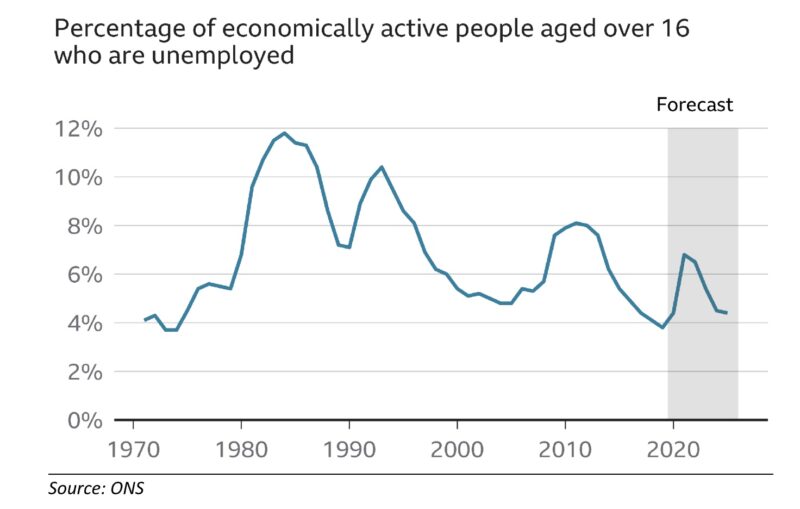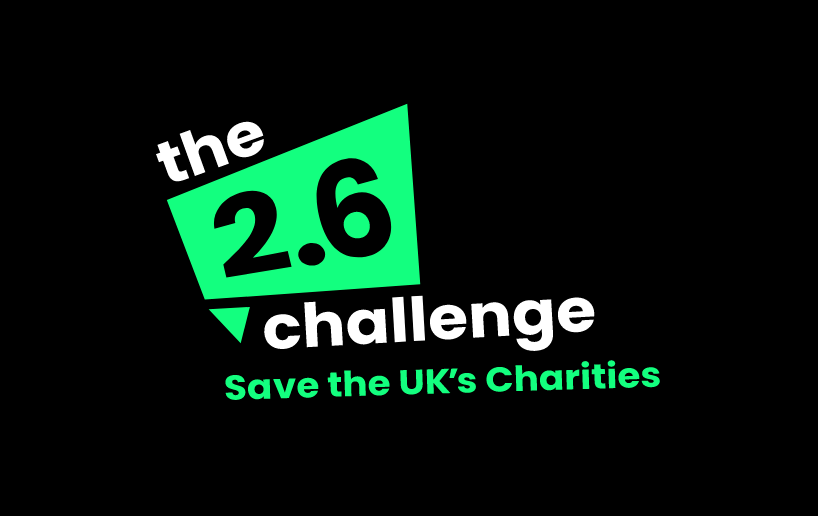Fundraising in 2021: four independent fundraising consultants give a view
2020 is nearly at an end, although its consequences will affect us for years to come. Planning ahead is essential in fundraising, but what can we realistically expect in 2021? Four experienced fundraising consultants share their thoughts.
2021 will see fundraising audiences reassess their priorities
The COVID-19 crisis has already had a profound impact on fundraising. Most of this, from the negative hit to community and events fundraising to the positive surge in community spirit, has been well documented. However, the UK is heading for hard economic times. The double whammy of significant job losses and the fallout from Brexit are yet to be felt, with unemployment forecast to peak at 7.5% by mid 2021.

People who lose their jobs will be forced to reduce their expenditure. This will involve examining all outgoings and deciding on what can be cut. Research indicates that people will continue donating as much as possible, but a significant number of people will have no choice but to pause their support for charities. Those that still have jobs will also be focussed on cutting their outgoings and building up savings. The picture is not one of complete doom, as the post-2008 recession, whilst very different, did see giving only take a small dip before recovering. However, charities need to ready themselves.
To respond, charities must ensure they have an understanding of their supporters’ current motivations in order to stay relevant. Charities should conduct research with their audiences via well designed supporter surveys and use the findings to build understanding and inform actions. Seeking out as much insight into broader public attitudes by tapping into broader third-party research will also be key.
Importantly, charities must listen to research findings and use them to drive decisions. This seems obvious, but too often organisations cherry pick research outcomes that underpin their own beliefs. Robust insight can then be used to stay relevant and maximise loyalty using a range of tactics, and also to identify where best to target acquisition.
Grahame Darnell, Darnell Consulting Ltd. Twitter: @grahamedarnell
Fundraising strategy in 2021

Photo: Chains by Neamov on Shutterstock.com
Anybody that knows me will tell you that I’m a glass half-full kind of guy. But I would say that even as we say goodbye to a frankly shocking 2020 for charities and for fundraisers, there are reasons for optimism as we think about the lessons the year has given us for our fundraising strategies for next year and beyond. Here’s two of them.
First, your fundraising strategy isn’t worth the paper it isn’t written on if you just treat it as an unchanging document, that you discard at the first sign of trouble ahead. If 2021 has taught me anything, it’s that even if we tore up what we originally envisaged, we need to ensure we keep thinking and acting strategically. We need to keep focusing on what has worked well for us and others, and make sure that we reflect and respond to the events that threaten to engulf us, rather than react in a short-termist manner. Don’t get me wrong – we can still reflect and respond very quickly, but I would guard against the knee-jerk.
And secondly, the common theme in all the fundraising successes I’ve spotted across the sector have been based on nothing cleverer than good, old-fashioned relationship-building. 2020 has been about community-building in new ways, hasn’t it? Not just with our partners, funders and supporters, but also ensuring that you and your colleagues from other departments (if you’re lucky enough to have them) and volunteers understand each other and work together as a more tightly bonded unit. And I believe that at the centre of your charity’s community, when you’re thinking about your strategy, should be the people, the animals, the cause for whom you’re working.
Going into 2021 every charity should make sure that its cause and its fundraising are authentically interlinked and this needs to be at the absolute heart of any fundraising strategy development.
Richard Sved, 3rd Sector Mission Control. Twitter: @richardsved
Advertisement
Relationships stay central for community and events fundraising

2020 was a testing ground for the next era in Community and Events, a year when the global lockdown drove fundraisers and leaders to invest in new products and approaches, sometimes with record breaking-success. Charities of all sizes invited us to raise money around our own schedules (so-called ‘virtual events’). Facebook Fundraisers launched with in-platform sign up and stewardship (some at a 10:1 ROI). Fundraisers also turned to insight-gathering by calling supporters, asking how they were and learning their new normal (often growing loyalty and donor-base whilst doing so). In this new landscape, with new behaviours and often a changing demographic of supporters, relationships stayed central.
In 2021, look out for the permanent reshaping of Community and Events portfolios that may not have changed much for years. JustGiving, Zoom, Twitch and other ways of forming communities online may not always appeal to donors who have supported us for decades.
But while our more traditional fundraising volunteers wait to return to their face to face support (vaccine willing), there’s never been more immediate ways to build and maintain relationships than online, and it’s better for the planet, too. Will we see more inter-generational fundraising efforts with offline action connecting to online support like in the example of Captain Tom and his wonderful family in the UK? We’ve seen that digital
communities are no less passionate in their fundraising and are just as heartfelt in their giving (and often more generous). With careful stewardship, these Communities can grow without limit.
The last nine months can teach us where to spend our time for greatest return in the era of coronavirus. So, take action to weigh up what worked and what is gone for good. This will be different for each cause, so make your 2021 plans by looking back, by listening to your current supporters and accepting that the world has changed.
Helen Trenchard, Fundraising Consultant, Trainer and Interim leader. Twitter: @helentrenchard
4. Look after your foundation and major donor staff – their world is getting ever more complex
Global pandemic impact aside, the trend to altruistic philanthropic thinking and complicated philanthropy structures is building momentum. Localisation continues to be key with more sophisticated grant-makers wanting to engage directly with grass roots organisations. Being open to co-creation of measurable impact is the priority for your strategy as altruistic donors use data and evidence to understand the maximum benefit they can make and act on that basis.
Collaborations to magnify grant outcomes are growing; hence the rise of prize competitions generating vetted big-bet opportunities for philanthropist networks. Examples such as The Audacious Project (TED) and Lever for Change offer the winners millions, such as $60 million awarded to BRAC in 2020, but the process takes real perseverance.

Newer US tech billionaire philanthropists are setting up LLCs, rather than traditional foundations, as vehicles for profit making social projects, lobbying and advocacy, as well as giving. LLCs make it harder to research giving, as does the trend for major donors to use Donor Advised Funds.
Large traditional grant makers are being influenced by the new philanthropists, and many are almost constantly updating their strategy as new needs and directions come into their vision, making it hard to build a consistent relationship.
And in 2021, following on from COVID-19 and BLM, it’s clear that donors are pivoting to domestic programs; health, food and diversity, equity and inclusion.
All of this puts pressure on traditional charities to stay relevant, even to carve out space as intermediaries and philanthropy advisors, as well as grant recipients. For success rethink your high value strategy through a donor’s lens and support your programme and fundraising staff to work seamlessly together on inspiring proposals offering measurable impact.
Della Weight, Director, Della Weight & Associates. Twitter: @dellaweight
![]()




